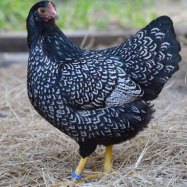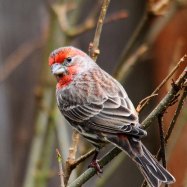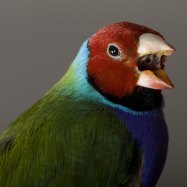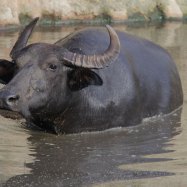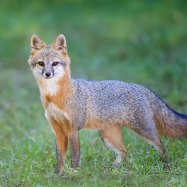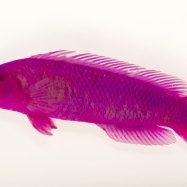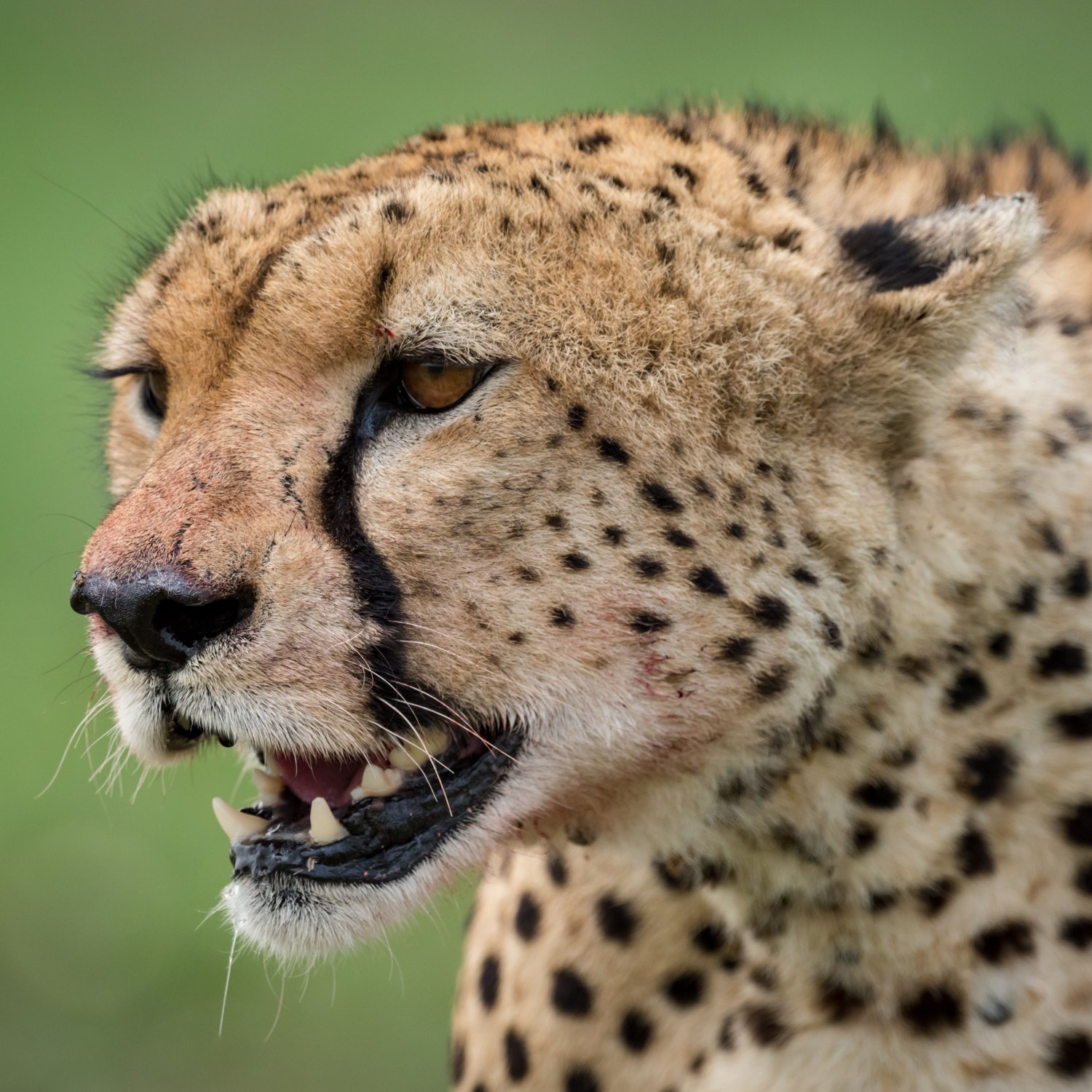
Cheetah
7 – 8.5 feet
The cheetah, a member of the Felidae family, is a strikingly beautiful animal found in Sub-Saharan Africa and Iran. It is known for its slender and muscular body shape, with a length of 7-8.5 feet. Despite its impressive speed and agility, the cheetah is listed as vulnerable due to habitat loss and poaching. Let's appreciate and protect these magnificent creatures. #SaveTheCheetah 🐆
Animal Details Summary:
Common Name: Cheetah
Kingdom: Animalia
Habitat: Grassland, savannah, and arid regions
The Graceful and Fierce Cheetah: The Fastest Land Animal on Earth
In the vast savannahs of Africa, a beautiful creature roams, with a slender and muscular body, and a coat of tan with distinctive black spots. The cheetah, scientifically known as Acinonyx jubatus, is one of the most fascinating animals on the planet. Its graceful movements and incredible speed make it stand out among other wildlife and have captured the imagination of humans for centuries.But there is more to the cheetah than just its stunning appearance and impressive speed Cheetah. In this article, we will delve deeper into the world of this magnificent animal, discovering its unique features, habitat, feeding habits, distribution, and the threats it faces.
An Introduction to the Cheetah
The cheetah is a member of the Felidae family, a group of carnivorous mammals that includes cats, lions, and tigers. However, the cheetah stands out from its relatives with its distinctive body shape, coloration, and hunting strategies.Unlike other big cats, such as lions and tigers, the cheetah has a lean and slender build, adapted for speed and agility. Its body is designed for fast movements, with long legs, a flexible spine, and sharp claws that provide traction when running.
A Master of Speed
One of the most significant features that make the cheetah stand out is its impressive speed. In fact, the cheetah is the fastest land animal on Earth, with a top speed of 70 to 75 miles per hour. This speed allows the cheetah to chase down its prey with ease, making it a successful predator in the wild.The cheetah can reach its top speed within just three seconds, thanks to its unique body structure and adaptations Chipping Sparrow. It has enlarged nostrils to allow more oxygen intake, and its long tail provides balance and acts as a rudder while running. The cheetah also has non-retractable claws that provide traction and grip on the ground, essential for high-speed pursuits.
Home in the Grasslands and Savannas
The cheetah's natural habitat consists of grasslands, savannas, and arid regions, where it can easily maneuver and use its speed to its advantage. These habitats are found in sub-Saharan Africa, as well as parts of Iran.In Africa, the cheetah's distribution is limited to only a few countries, including Namibia, Zimbabwe, Botswana, Zambia, and Kenya. They are mainly found in national parks, game reserves, and other protected areas.
A Carnivorous Diet
As with all members of the Felidae family, the cheetah is a carnivore, meaning it only eats meat. Its hunting strategy is also unique compared to other big cats. Instead of ambushing its prey, like lions and tigers, the cheetah relies on its speed to chase down swift animals such as gazelles, antelopes, and hares.Once the cheetah has caught its prey, it will suffocate it by clamping its jaws on the prey's throat. The cheetah's sharp teeth, powerful jaw muscles, and long canine teeth aid in this process. Unlike other big cats, the cheetah cannot roar but instead purrs like a house cat.
The Hunt for Survival
Despite being a top predator, the cheetah faces many challenges in the wild, including competition for food, disease, and habitat loss. But the biggest threat to their survival is human activities.The expansion of human settlements and agriculture has led to a decline in the cheetah's habitat, making it harder for them to find food and raising the risk of conflict with humans. In some areas, farmers see cheetahs as a threat to their livestock and may kill them in self-defense. In other cases, they are killed for their fur or captured for the illegal exotic pet trade.
These threats have resulted in the cheetah being classified as Vulnerable on the IUCN Red List, with an estimated population of 7,100 individuals in the wild.
The Conservation Efforts for Cheetahs
Fortunately, there are many conservation efforts in place to protect cheetahs and their habitats and ensure their survival for future generations.One of the most significant initiatives is the Cheetah Conservation Fund (CCF) founded in 1990 by Dr. Laurie Marker. The CCF works on various projects, including research, education, and community development, to promote coexistence between humans and cheetahs. They also work on reintroducing captive-bred cheetahs into the wild and rescuing injured or orphaned cheetahs.
Other organizations, such as the Cheetah Outreach, the Cheetah Conservation Botswana, and the Action for Cheetahs, aim to raise awareness and advocate for better protection of cheetahs and their habitats.
A Fascinating Animal for Scientific Research
Aside from being a majestic animal in its natural habitat, the cheetah has also caught the attention of scientists and researchers for its unique characteristics that make it stand out among other big cats.Its incredible speed has been a subject of many studies, with researchers using high-speed cameras to analyze the cheetah's running technique, stride, and other factors that contribute to its remarkable speed. Scientists have also studied the cheetah's flexible spine, which allows it to make quick turns while running at high speeds, making it one of the most agile animals in the world.
With advancements in technology and conservation efforts, we have also been able to gain a deeper understanding of the cheetah's genetics. Through DNA studies, we have discovered that cheetahs have a low genetic diversity, making them susceptible to diseases and other threats. This information has played a crucial role in conservation efforts, as it helps scientists identify which populations need immediate conservation action.
Conclusion
In conclusion, the cheetah is a truly remarkable animal, both in its appearance and abilities. Its speed, agility, and unique hunting strategies have captured the attention of humans for centuries, and its conservation is essential to maintaining the balance in ecosystems.Through conservation efforts, research, and awareness, we can ensure that this graceful and fierce animal continues to roam the African savannahs and inspire generations to come. Let us do our part in protecting the fastest land animal on earth, the beautiful cheetah.

Cheetah
Animal Details Cheetah - Scientific Name: Acinonyx jubatus
- Category: Animals C
- Scientific Name: Acinonyx jubatus
- Common Name: Cheetah
- Kingdom: Animalia
- Phylum: Chordata
- Class: Mammalia
- Order: Carnivora
- Family: Felidae
- Habitat: Grassland, savannah, and arid regions
- Feeding Method: Carnivorous
- Geographical Distribution: Africa and parts of Iran
- Country of Origin: Africa
- Location: Sub-Saharan Africa, Iran
- Animal Coloration: Tan coat with black spots
- Body Shape: Slender and muscular
- Length: 7 – 8.5 feet
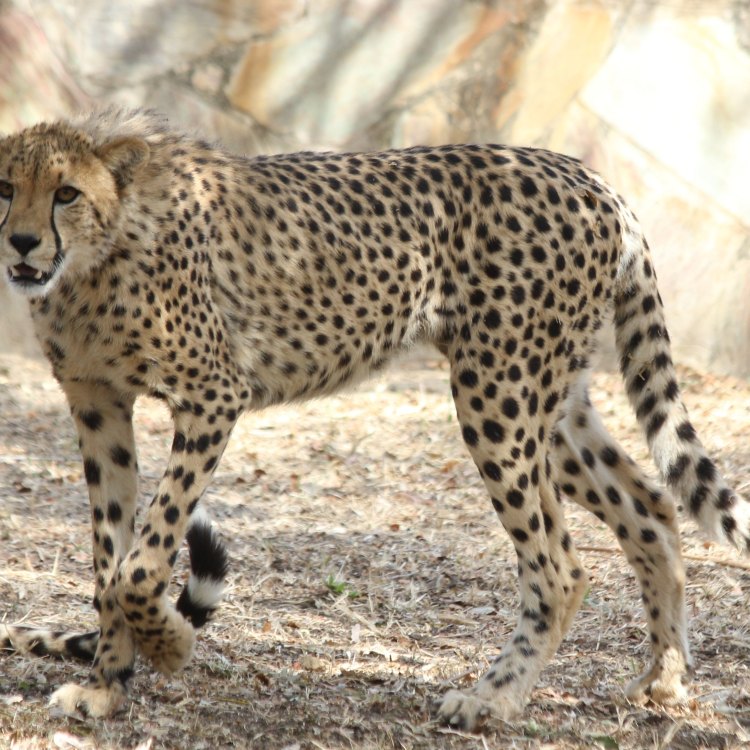
Cheetah
- Adult Size: 2.5 – 3 feet at the shoulder
- Average Lifespan: 10 – 12 years in the wild, up to 17 years in captivity
- Reproduction: Sexual
- Reproductive Behavior: Mating occurs throughout the year
- Sound or Call: Chirping, growling, hissing, and purring
- Migration Pattern: Non-migratory
- Social Groups: Solitary or small groups
- Behavior: Diurnal and highly territorial
- Threats: Habitat loss, poaching, and human-wildlife conflict
- Conservation Status: Vulnerable
- Impact on Ecosystem: Maintains prey populations and contributes to ecosystem balance
- Human Use: Tourism and wildlife conservation
- Distinctive Features: Black tear marks on the face and a flexible spine for high speed
- Interesting Facts: Cheetahs are the fastest land animals, capable of reaching speeds up to 60 – 70 mph
- Predator: Mainly humans and larger carnivores
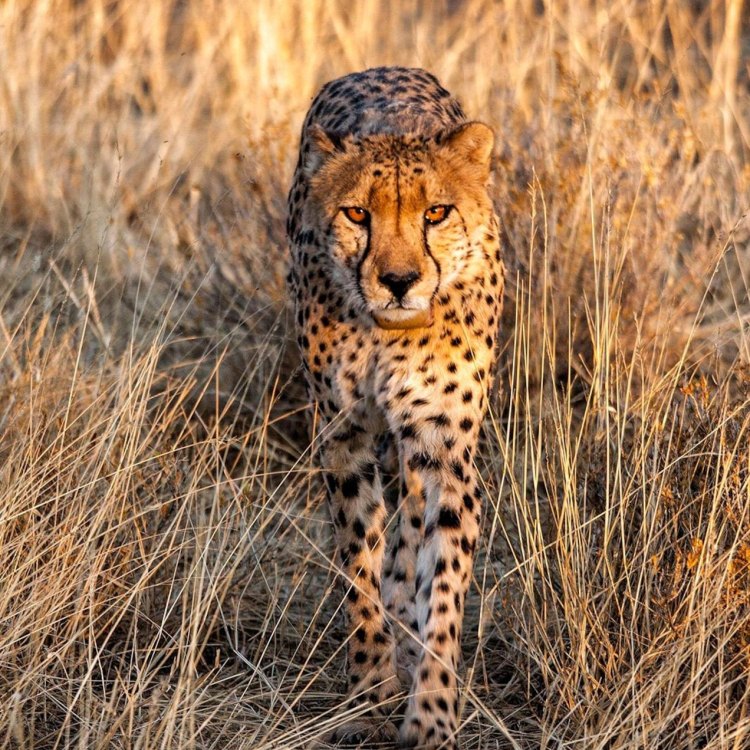
Acinonyx jubatus
The Sleek and Graceful Hunter: Unveiling the Fascinating World of Cheetahs
The word "cheetah" immediately conjures up images of a wild, agile, and majestic animal. Its distinctive spotted coat, slender build, and long legs have long fascinated humans, making it a popular subject in wildlife documentaries, photographs, and art. As the fastest land animal, the cheetah holds a special place in our collective consciousness. But there is much more to this magnificent creature than meets the eye PeaceOfAnimals.Com. In this article, we will delve into the lesser-known aspects of cheetahs, exploring their unique features, behavior, and impact on the ecosystem.A Mighty Hunter with a Unique Physique
The cheetah (Acinonyx jubatus) is a large wild cat primarily found in Africa, with a small population in Iran. Standing at 2.5 – 3 feet at the shoulder and weighing up to 140 pounds, it is slightly smaller in size compared to other big cats like lions and tigers. However, its lean and muscular build is perfectly adapted for its hunting style. The cheetah has a narrow waist, elongated legs, and non-retractable claws, which give it a distinct advantage in chasing down its prey. Its long, flexible spine acts as a spring, allowing it to take long strides and reach speeds of 60 – 70 miles per hour in just a few seconds. This incredible speed has earned cheetahs the title of the fastest land animal, making them an awe-inspiring sight to behold.But the cheetah's speed and agility are not its only unique features Cory Catfish. It also has black tear marks on its face, running from the corner of the eyes to the mouth. These marks serve a practical purpose, helping to reduce glare from the sun and enhance its vision while hunting. Additionally, the cheetah's oversized nostrils and enlarged lungs enable it to take in large amounts of oxygen, essential for its high-speed sprints.
A Solitary and Territorial Lifestyle
Cheetahs are solitary animals, except during mating and raising cubs. They prefer to live and hunt on their own, rather than in groups like other big cats. However, siblings from the same litter may stay together for a short time after becoming independent. Interestingly, male cheetahs often form coalitions with their brothers, allowing them to better protect their territory and access to food from rival males.Speaking of territories, cheetahs have large home ranges, which they will fiercely defend from intruders. They use a variety of vocalizations, including chirping, growling, hissing, and purring, to communicate with other cheetahs and mark their territory. Their distinctive call has been described as a chirrup, a mix between a purring cat and a bird's chirp, earning them the nickname of "chirping cats."
A True Diurnal Hunter
While many big cats are known to be nocturnal, the cheetah is unique in its preference for hunting during the day. This is due to its reliance on speed and agility, which require good visibility and minimal disturbance from other animals. Additionally, the cheetah's coat is better suited for daytime hunting, blending in with the dry grasslands and providing cover while stalking prey. However, their diurnal behavior also makes them more vulnerable to predators, as they are more easily spotted during the daytime.Sexual Reproduction and Year-Round Mating
Cheetahs are sexually reproducing animals, with no specific breeding season. Mating can occur at any time of the year, with females going into estrus every 12 – 20 days. During this time, males will compete for the female's attention through displays of strength and aggression. Once the female has chosen a mate, the pair will stay together for a few days, mating multiple times. After a gestation period of 90 – 98 days, the female gives birth to a litter of 2 – 8 cubs, with an average of 3 – 5.Unlike other big cats, cheetah mothers are solely responsible for raising their cubs, as males do not play a role in rearing. The cubs stay with their mother for 1.5 – 2 years, learning essential hunting and survival skills before leaving to establish their own territories. Sadly, the cheetah's vulnerable status means that many cubs do not survive to adulthood, with an estimated 80% mortality rate due to diseases, predation, and other factors.
Threats and Conservation Efforts
Despite their remarkable physical abilities, cheetahs face a multitude of threats in the wild. The most significant threat is habitat loss, as the cheetah's semi-open grassland and savanna habitat continues to shrink due to human development and agriculture. This loss of habitat also reduces the cheetah's prey populations, making it more challenging to find food. Additionally, illegal poaching for their distinctive coats and human-wildlife conflict, often caused by cheetahs preying on livestock, are significant factors in the decline of this species.As a result, cheetahs are currently classified as vulnerable on the IUCN Red List, with only an estimated 7,500 – 10,000 individuals remaining in the wild. Several conservation efforts, including habitat protection, anti-poaching efforts, and education programs, are being implemented to reduce the threats to this vulnerable species. Cheetahs are also kept in captivity in zoos and wildlife conservation centers, where they can live up to 17 years, providing valuable opportunities for research and public education.
The Essential Role of Cheetahs in the Ecosystem
Aside from their undeniable beauty and prowess, cheetahs play a crucial role in maintaining the balance of their ecosystems. As predators, they help to control the population of their prey, which in turn affects the vegetation and other animal and plant species in the area. By preventing overgrazing and maintaining a diverse ecosystem, cheetahs contribute to the overall health of their habitat.Moreover, the cheetah's unique hunting skills have been shaped by millions of years of evolution and are perfectly adapted for their environment. Their speed and agility allow them to catch swift prey like gazelles, reducing competition for other predators. The distinct black spots on their coats also help them blend into their surroundings, making them harder to spot by both prey and predators. Therefore, it can be said that cheetahs hold a crucial place in the intricate web of life, and their loss would have a significant impact on the functioning of their ecosystems.
Humans and Cheetahs: An Intertwined Relationship
As humans, our fascination with cheetahs has led us to both admire and exploit these majestic animals. In some African cultures, cheetahs are revered and respected, while in others, their skins are used for traditional clothing and ceremonial purposes. In modern times, cheetahs have become an important aspect of wildlife tourism, with travelers from all over the world eager to catch a glimpse of these iconic animals.However, as with any wildlife interaction, responsible and ethical tourism practices are crucial to protect the well-being of cheetahs and their habitats. This is especially important in areas where the cheetah population is already struggling, as tourism can disrupt their daily routines and put unnecessary stress on the animals. Therefore, it is vital to support sustainable and ethical wildlife conservation practices that prioritize the well-being of both cheetahs and their ecosystems.
The Legacy of the Sleek and Graceful Hunter
In conclusion, the cheetah is a truly unique and fascinating animal, with its distinctive features, behavior, and impact on the ecosystem. But beyond its physical abilities, the cheetah also holds a special place in our history and culture, captivating our hearts and minds for centuries. As we continue to learn more about and protect this vulnerable species, the legacy of the cheetah as a symbol of power, speed, and grace will continue to live on. Let us strive to coexist with these magnificent creatures and ensure a world where they can thrive and be appreciated for generations to come.
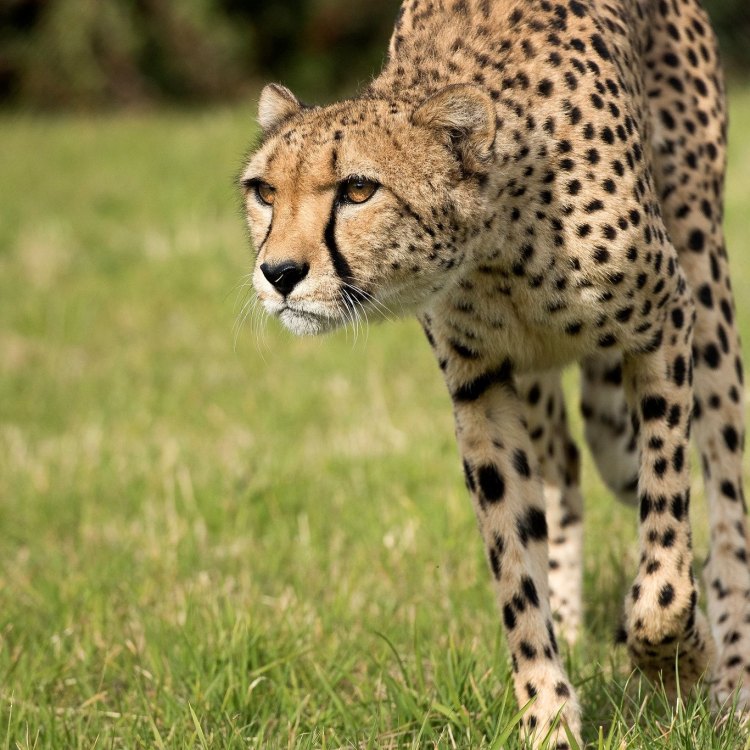
The Graceful and Fierce Cheetah: The Fastest Land Animal on Earth
Disclaimer: The content provided is for informational purposes only. We cannot guarantee the accuracy of the information on this page 100%. All information provided here may change without prior notice.

